The Best Things To Do In Iceland With Kids In 2023
Looking for things to do in Iceland with kids? We have so many great suggestions and the best thing is that most of them are free!
Iceland, the land of fire and ice and myths and legends, is an incredible country. The natural beauty of Iceland will certainly blow you away.
There are so many things to do with kids in Iceland that you are bound to fall in love with it and vow to come back for more.
To help you narrow the choice down, we’ve come up with a list of the absolute 10 top things to do in Iceland with kids that you cannot miss.
We’ve popped all of these family-friendly Iceland activities on a map at the end of this post so you can figure out what to see in Iceland in the time you have.
Whether you’re just visiting Iceland for a weekend and looking for some things to do in Reykjavik with kids or you’re going to go the whole hog and circumnavigate the island, this post covers the very best things to do with kids in Iceland.
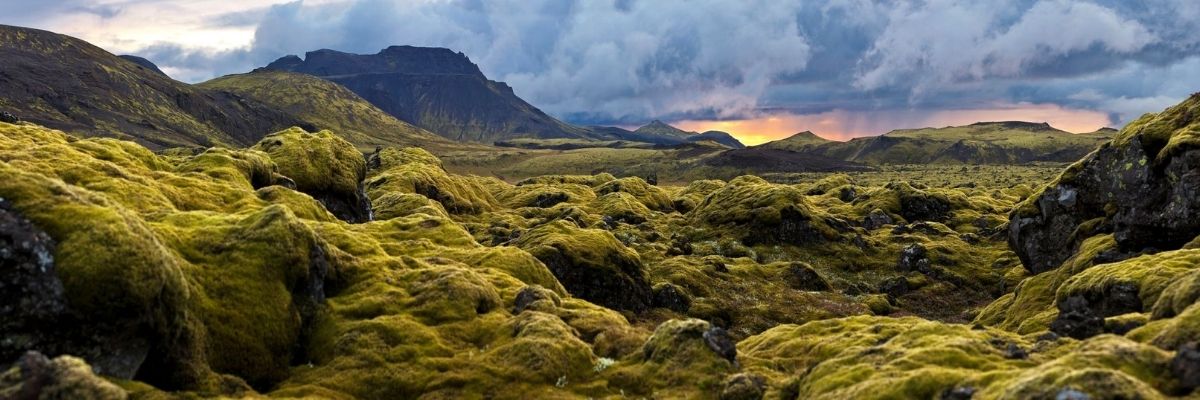
Table of Contents
Top tips for visiting Iceland with kids
Visit the Hot Springs
Visit the natural wonders of Iceland
Witness the Northern Lights
Visit the Black Sand Beaches
Visit the famous landmarks of Iceland
Go horse riding
Go whale watching
Visit the Westman Islands
See the puffins
Try Icelandic food in Reykjavik
Map of things to do in Iceland
Top tips for visiting Iceland with kids
- Make a list of your Iceland things to do first as this will determine what time of year you need to visit. If you want to see puffins and lupines, you need to go to Iceland in summer. If you want the best chance of seeing the Northern Lights, you need to go to Iceland in winter.
- Hire a car and drive yourself. Hiring a car will give you so much more flexibility, allow you to see some of the sights without crowds and save you money.
- Grab yourself a travel guide to help with your planning. We use Rough Guide to Iceland which you can find on Amazon here.
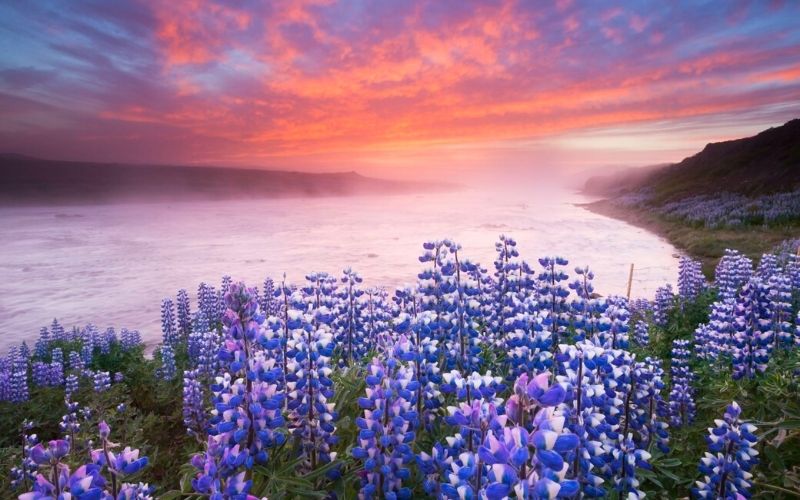
Lupines in Iceland
Here are the 10 best things to do in Iceland with kids…
Visit the Hot Springs
One of the best things to do in Iceland with kids is to take a dip in a hot spring.
Hot springs are part of Icelandic culture and we’ve put hot springs at the top of the list because they are just the best places to visit in Iceland.
There are several hotsprings all over Iceland. Some are completely wild and require a bit of effort to get to them. Others are more commercial and very busy.
The Blue Lagoon
Obviously, the most famous hot spring in Iceland is the Blue Lagoon which is also the number one tourist attraction in Iceland and is on many people’s Iceland to do list.
But there are pros and cons to visiting the Blue Lagoon.
For some, the lure of the milky blue waters in pictures is overwhelming. It’s also conveniently located on the way to or from Keflavik airport and not too far from Reykjavik.
It is very expensive though and often gets very busy. You might also want to read more about it not being a natural hot spring.
If you do still wish to visit, here are some tips for visiting the Blue Lagoon in winter.
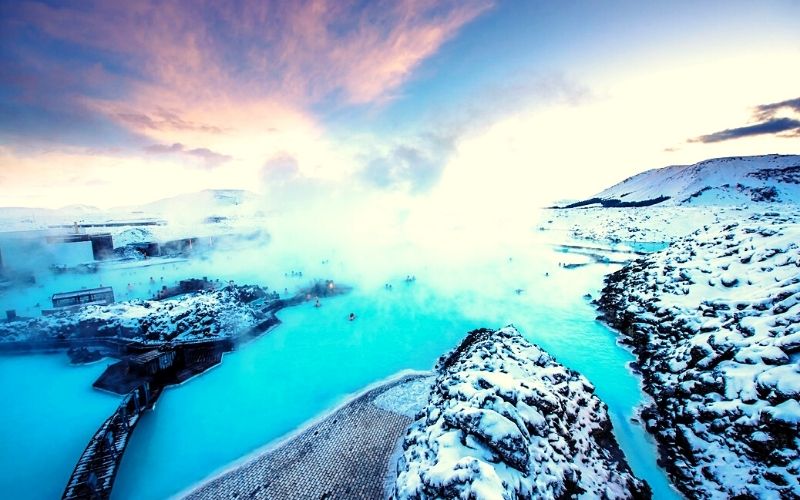
The Blue Lagoon in Iceland
The Secret Lagoon
Probably the next most well known hot spring is the Secret Lagoon – despite it’s name! Here you will have a much more authentic experience.
But being located on the Golden Circle, it is frequented by tour bus groups and can still get busy. Your best bet to avoid the crowds is to go early in the morning or later in the day.
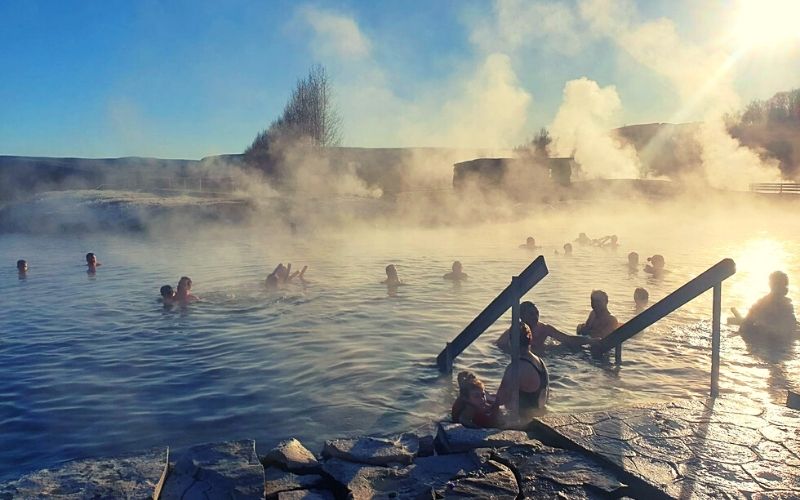
The Secret Lagoon in Iceland
Sky Lagoon
We haven’t been to the Sky Lagoon because it is fairly new still but the Sky Lagoon is just minutes from Reykjavik and looks beautiful.
Other hot springs in Iceland to visit with kids
If you want to get away from the crowds, here are some other options. Just be mindful that you need to be respectful, particularly at the wilder hot springs that may be located on private property – and don’t leave any traces of visiting.
When visiting hot springs in Iceland with kids, you need to be aware that some of the pools are extremely hot and should be tested before jumping in!
Mývatn Nature Baths is still a commercial hotspring like the Blue Lagoon, but it has fewer visitors as it’s located in the north-west of Iceland.
Hveravellir is pretty wild. It’s located between the Hofsjökull and Langjökull glaciers in a geothermal nature reserve and can only be reached by 4×4. There’s a small changing room.
Hellulaug is located in the Westfjords and has a stunning view over the sea. There is no changing room here.
An alternative suggestion to visiting the hot springs with kids is to check out a municipal pool.
They are geothermally heated and incredibly cheap to visit. We loved the one in Reykjavik (Laugardalslaug).
See here for a full list of hot springs and geothermal pools in Iceland.
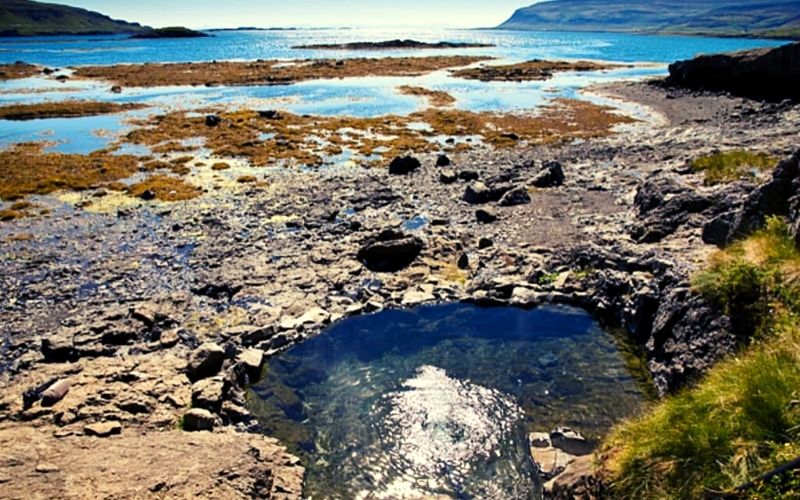
Hellulaug | Photo Credit: Visit Westfjords
Visit the natural wonders of Iceland
There are so many natural wonders in Iceland. Iceland is all about nature and so getting out and about visiting this incredible country needs to be top of the top 10 things to do in Iceland!
The amazing thing about the natural wonders (apart from them being awe-inspiringly beautiful) is that they are almost all free to visit and open 24 hours a day.
Waterfalls
With over 10,000 waterfalls in Iceland, you are spoiled for choice. Many of them are easy to find. You can actually see a lot of them from the Golden Circle like Seljalandsfoss or from the Ring Road.
Others require a hike to get to but you will be rewarded with no crowds.
We can’t say which is the best waterfall in Iceland, but here are 15 incredible waterfalls in Iceland that you should see.
Note that the waterfalls in Iceland are free to visit. The only car park we encountered that was not free was at Seljalandsfoss.
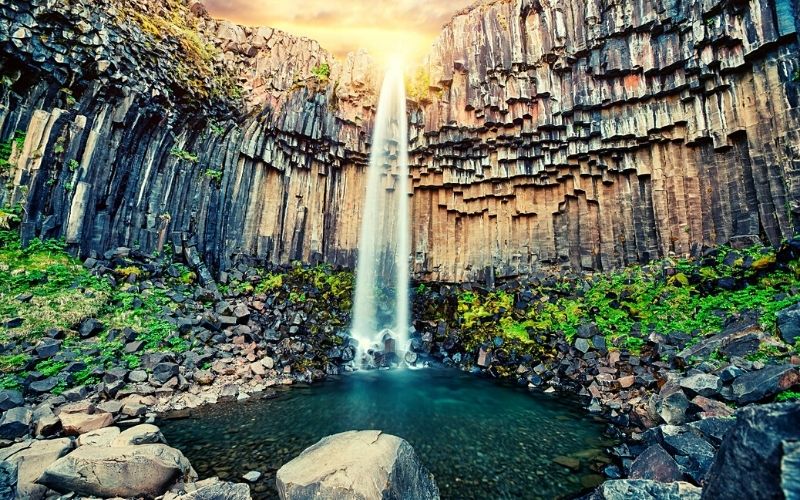
Svartifoss at sunset
Jökulsárlón Glacier Lagoon
Jokulsarlon is perhaps Iceland’s most visit attraction after the Blue Lagoon. It is located on the Ring Road between Hof and Hofn in the south of Iceland.
The Jökulsá á Fjöllum river flows into the Jökulsárlón Glacier Lagoon. Large chunks of ice break off from the Breiðamerkurjökull glacier and float in the lagoon before heading out into the Atlantic Ocean.
There is a large car park and it is free to visit.
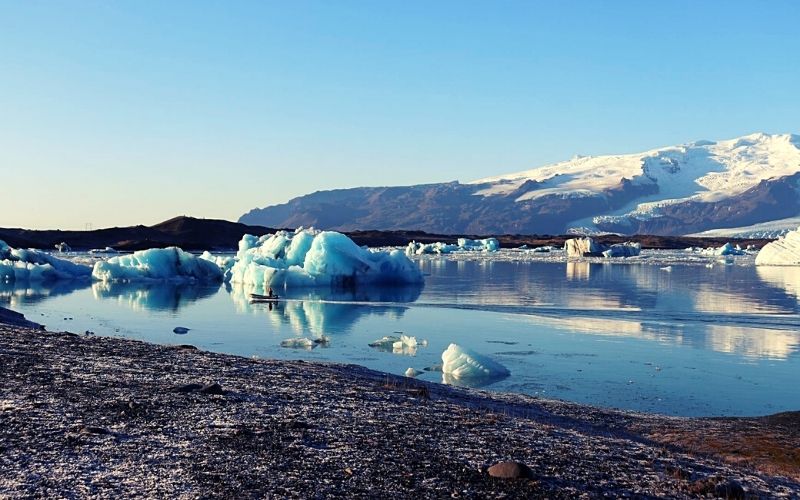
Jökulsárlón Glacier Lagoon
Diamond Beach
Diamond Beach is a black sand beach located right next to the Jökulsárlón Glacier Lagoon. The beach gets its name from the chunks of ice that flow out to see from the lagoon and get washed up on the beach.
They glisten like diamonds against the black sand. The kids will love playing hide and seek in amongst the ice. Just watch out for ones that may be unstable.
There is a large car park and it is free to visit.
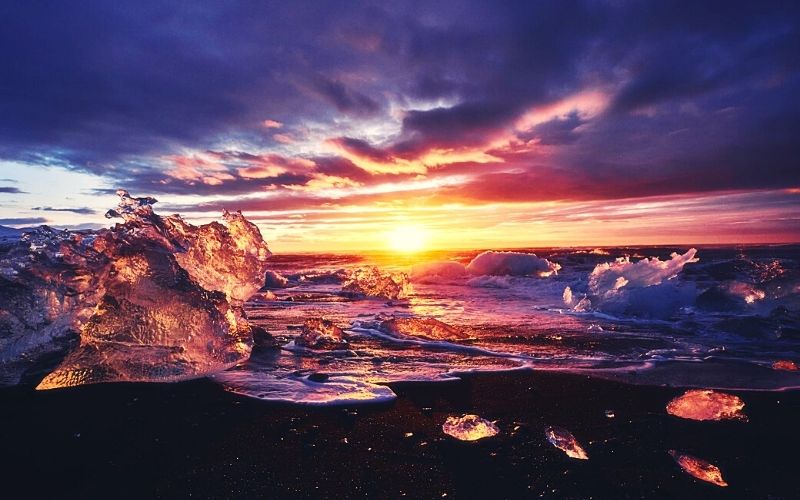
Diamond Beach in Iceland
Kirkjufell
Kirkjufell (meaning church mountain as it is said to resemble a church) is the most iconic mountain in Iceland.
It is located on the north coast of the Snaefellsnes Peninsula and it also has its own waterfall next to it.
There is a small car park and it is free to visit.
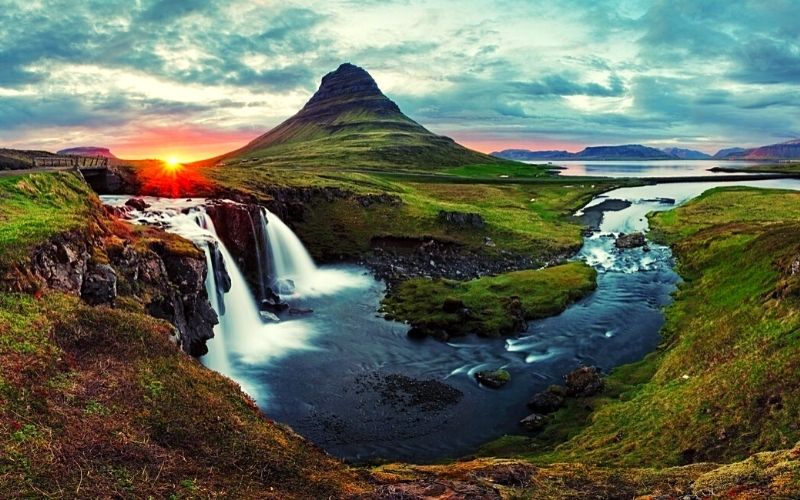
Kirkjufell and Kirkjufellsfoss
Gerduberg Cliffs
The Gerðuberg Cliffs are also located in the Snaefellsnes Peninsula and despite being a totally natural phenonmenon, the columns are so pefectly hexagonal, they look man-made.
There is a very small car park and it is free to visit.
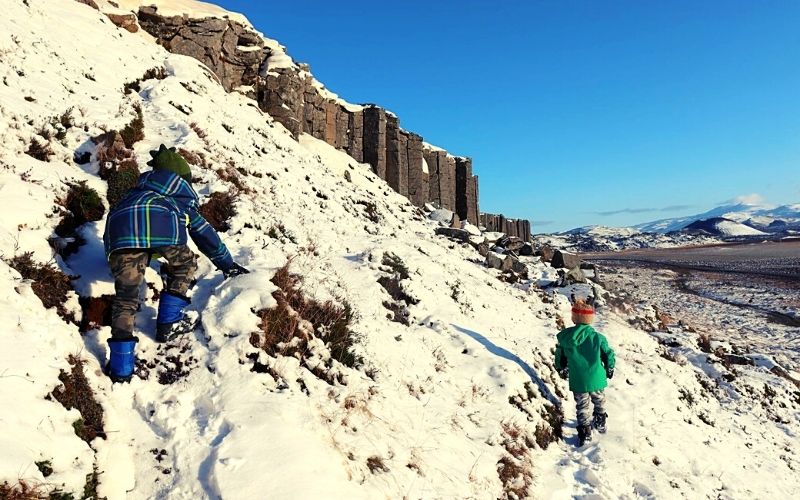
Gerðuberg Cliffs
Strokkur
Strokkur is a fountain geyser located on the Golden Circle close to Gullfoss waterfall. The water shoots up an incredible 15 to 20 metres, erupting every 5 – 10 minutes, but nature being nature, this can vary a lot.
Make sure to pop into the Geysir Centre to learn all about the geothermal activity in Iceland.
When visiting the geysers with kids, keep an eye on them and stay within marked areas as the water from the geysers is burning hot.
There is a large car park and it is free to visit.
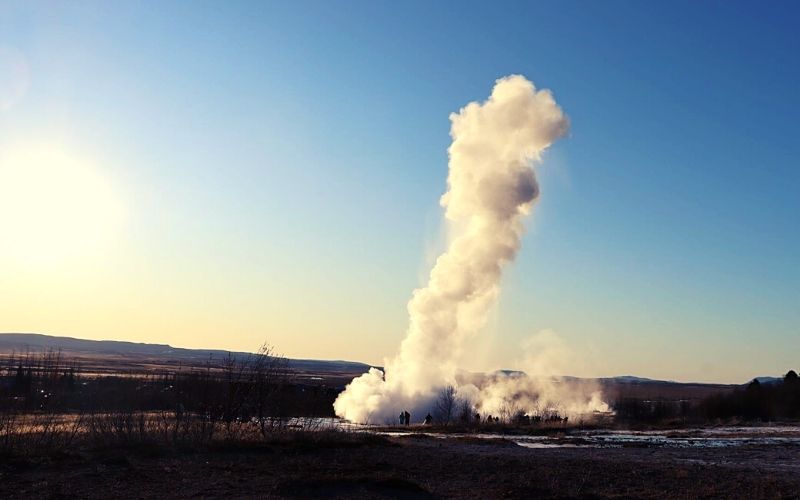
Strokkur geyser
Witness the Northern Lights
Iceland is one of the best places in the world for seeing the Northern Lights, but don’t come expecting to see them.
Think of seeing them as an absolute bonus to your Iceland holiday. Seeing the cannot be guaranteed by anybody, but you can improve your chances to seeing them.
- Visit Iceland in between October and March
- Check the aurora forecast
- Have your hotel wake you up if they appear in the night
- Take a Northern Lights tour with a local company
- best place to see the Northern Lights in Iceland is in the Westfjords, but you can still see them in Reykjavik on a good night
Make sure to read our Iceland Northern Lights post which is full of more information on maximising your chances of seeing the Northern Lights.
Our top tip for trying to see the Northern lights in Iceland with kids is not to book a late night tour.
It is never guaranteed and you may end up with grumpy kids. The tours can start at 9pm and last until nearly midnight.
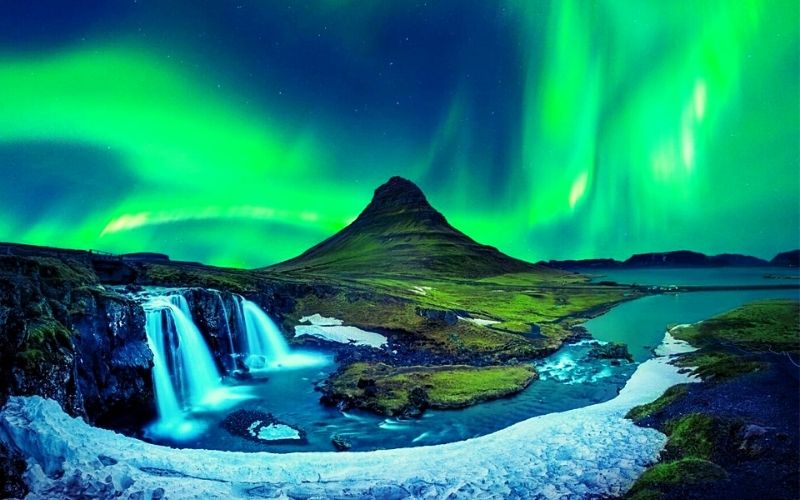
Northern lights over Kirkjufell
Visit the Black Sand Beaches
Although there are black sand beaches all over Iceland as a result of lava flows from the volcanoes reaching the sea and cooling, the most famous black sand beach in Iceland is Reynisfjara. It is located close to Vik on the south coast of Iceland.
Reynisfjara is also known for its black basalt hexagonal columns at the east end of the beach, similar to the Gerðuberg Cliffs and for its dangerous waters.
Make sure to stay away from the water’s edge to avoid being swept away by sneaker waves. They come out of nowhere and reach far up onto the beach. Many an unsuspecting tourist has been caught by the waves, and some have tragically lost their lives.
There is a decent sized car park and a restaurant.
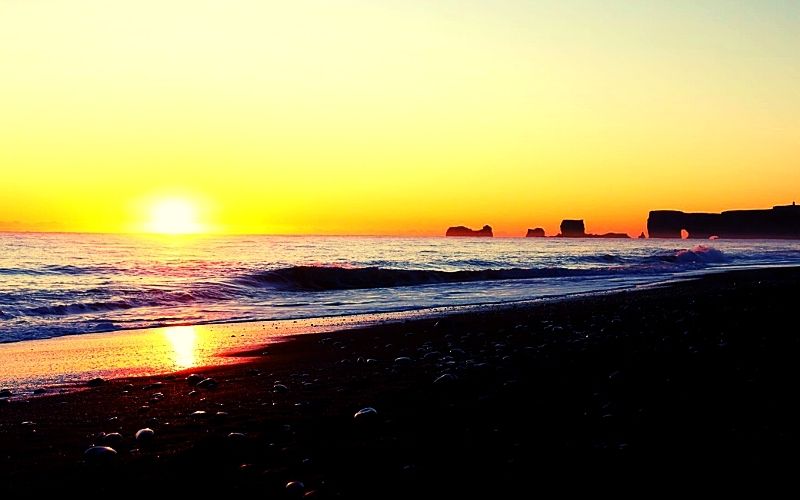
Sunset at Reynisfjara (Black Sand Beach)
Visit the famous landmarks of Iceland
The natural beauty is what mostly draws visitors to Iceland but there are also some very striking landmarks that are worth visiting too. Here are some of the most famous landmarks that you must see in Iceland.
Turf churches – once a traditional structure seen throughout Iceland, there are now only six turf churches in Iceland. They were introduced with the first settlers in the 9th century. Saurbæjarkirkja is located in the north of Iceland, about 25 km south of Akureyri, the second largest town in Iceland. Hofskirkja is the newest of the turf churches and is more easily accessible being located on the Ring Road in Hof.
Black Churches – there are a small number of black churches in Iceland. The most famous of them is Budir Church or Búðakirkja which is located on the southern side of the Snaefellsnes Peninsula. If you like churches, also check out Vikurkirkja in Vik and Bláa Kirkjan in Seyðisfjörður.
Lighthouses – there are around 104 lighthouses dotted around the Icelandic coastline, many of which are colourful and can be quite striking against a bleak, Icelandic winter’s day. The most striking ones that we saw are in Grímsey (near Akureyri) which is bright orange and red and Garðskagaviti (located right next to Keflavik airport) which is red and white striped.
Hallgrímskirkja – is one of Reykjavik’s best known landmarks, standing at the top of a hill in the centre of town. It took 41 years to build and was finished in 1986. Make sure to approach it from Skólavörðustígur street (aka rainbow street).
Solfarid (or the Sun Voyager) – is a sculpture by Jón Gunnar Árnason and is meant to signify a dream of hope, progress and freedom. To us, and to many others, it looks very much like a Viking ship, which also seems quite fitting. It is striking at sunset when it takes on a golden glow.
Sólheimasandur Plane Wreck – is located on the Sólheimasandur glacial plain close to Reynisfjara beach and Vik. The plane crash occurred in 1973 and nowadays, there is just a well-weathered (albeit very photogenic) carcass. Note that there is a 3 km hike to the wreckage from the car park.
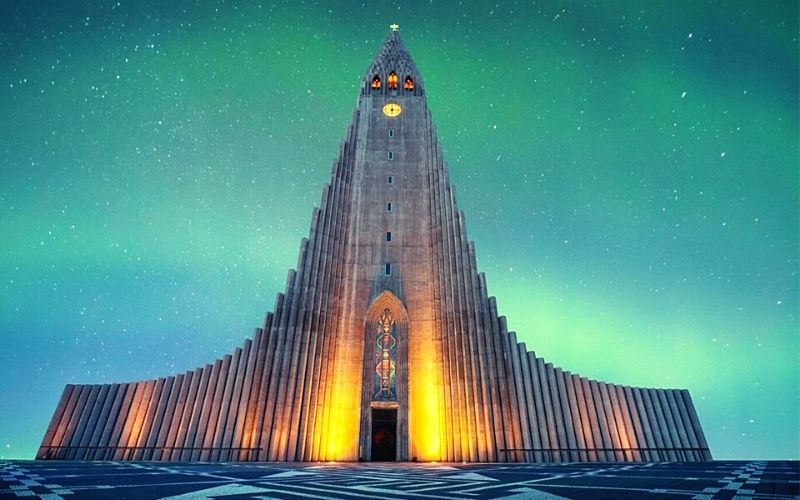
Hallgrimskirkja in Reykjavik

Búðakirkja (Budir Church)
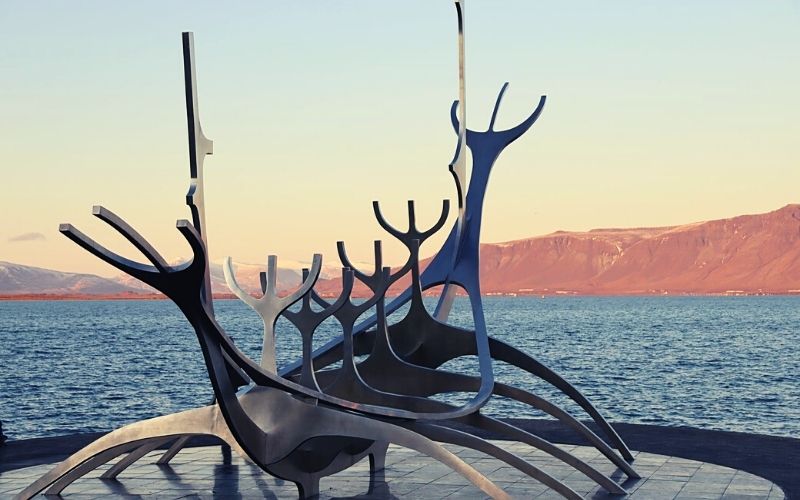
The Sun Voyager in Reykjavik
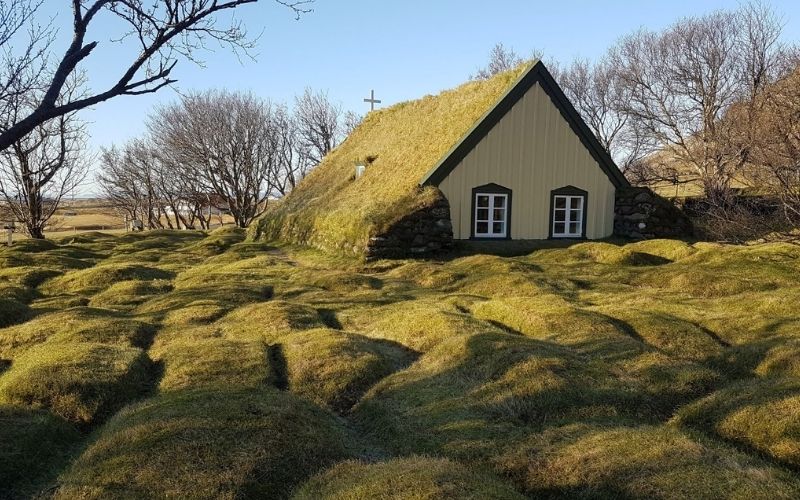
Hofskirkja Turf Church
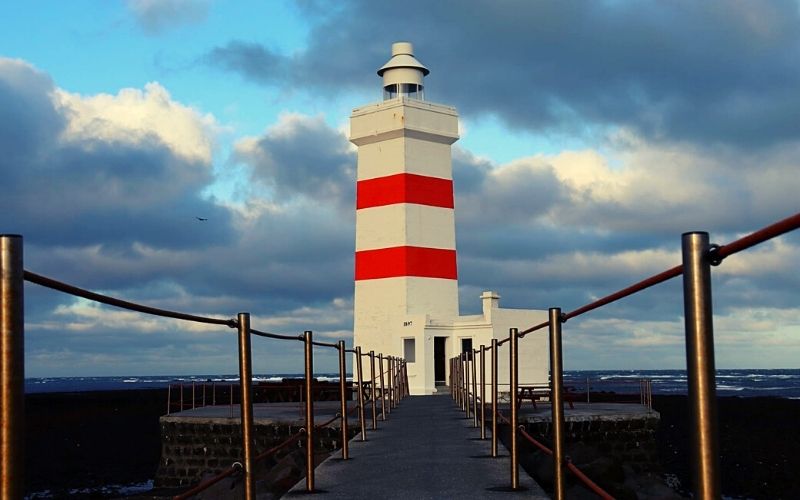
Lighthouse in Iceland
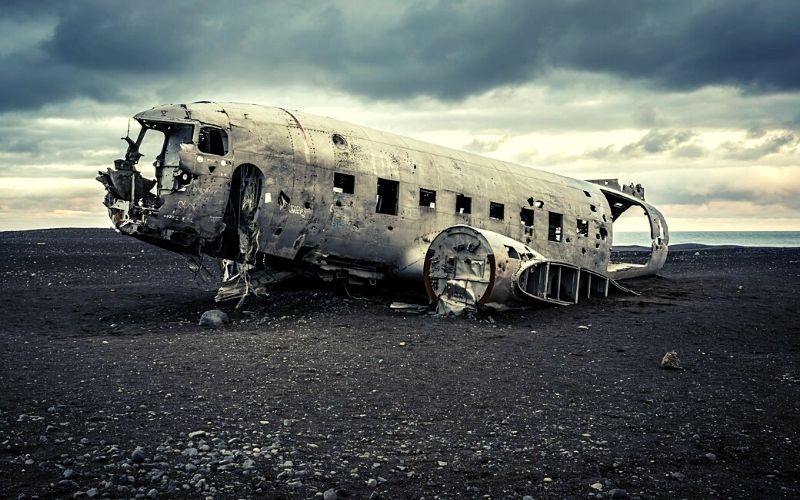
Sólheimasandur plane wreck
Go horse riding
Horse riding tours are a great way to explore Iceland. The Icelandic horses are small and stocky and incredibly hardy. In winter they grow long coats to keep them warm. The Icelandic horses are a breed of horse that have been pure bred in Iceland but their closest relative would be the Shetland pony. They are very friendly and incredibly cute.
If you don’t feel like going horse riding, you will still see the famous Icelandic horses grazing in fields as you drive around.
Here are some horse riding tours you might like to explore.
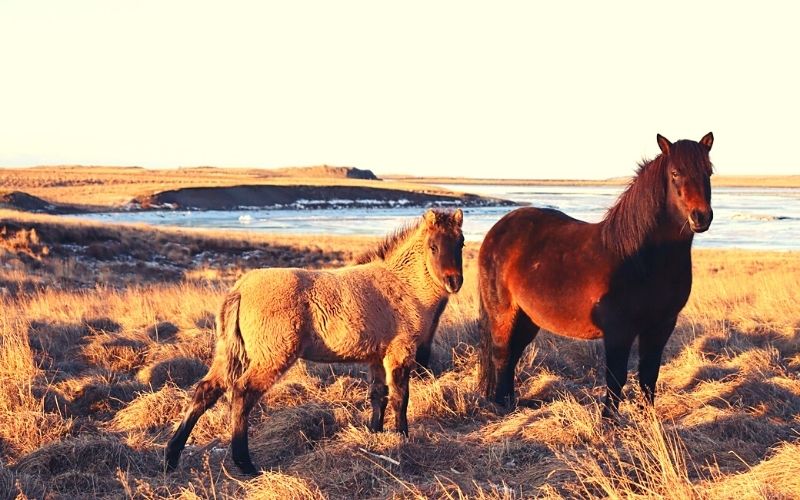
Icelandic Horses
Go whale watching
For wildlife enthusiasts, seeing whales is top of their things to see in Iceland list. 23 species of whale can be found in the waters off the coast of Iceland. Some are just migrating, others hang around for longer. You can expect to see Humpback Whale, Blue Whales and Killer Whales (or orcas) as well as some lesser known whales and porpoises.
The best time for whale watching in Iceland is during the summer months of June, July and August, although some of the whales hang around in the Icelandic waters longer.
If you are visiting Iceland later in the season, you might want to try a whale watching tour from Húsavík where there are better chances of seeing them.

Whale watching in Iceland
Visit the Westman Islands
The Westman Islands (Vestmannaeyjar) are often overlooked when looking for things to do in Iceland. The islands are located off the south coast of Iceland and are visible from the Ring Road in the area of Seljalandsfoss waterfall.
There are a few different ways you can reach the islands.
- Fly from Reykjavik
- Take a boat cruise
- Take a ferry
The ferry terminal is located in Landeyjahöfn and there are seven crossings a day. The crossing takes between 35 to 40 minutes and a one-way trip costs ISK 1600 (£9.00) per adult and ISK 800 (£4.50) for children 13 and over. Children under 13 are free. Taking a car costs ISK 2300 (£13.00).
One thing to note is that the choice of ferry terminal may change in bad weather or in the winter so you need to keep an eye on this. Since most of the things to do in the Westman Islands are outdoors, you may want to consider visiting during the summer months.
Visiting in the summer will also mean you’ll be able to see the puffins. Between August and September, juvenile puffins appear and you can contact [email protected] to see if you can take part in rescuing the baby puffins.
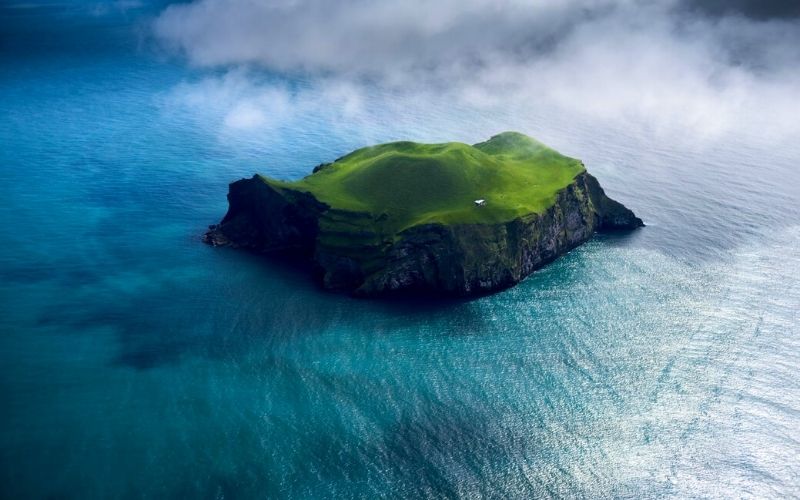
Westman Islands
See the puffins
Puffins are one of the highlights of a visit to Iceland in the summer. These birds are found in many places in Iceland but the largest colony of puffins is in the Westman Islands. In fact, one fifth of the world’s puffins nest in the Westman Islands.
If you are only in Iceland for a weekend and don’t have time to visit the puffins further afield, you can see them on Akurey. Akurey is a small island off the coast of Reykjavik and is the closest place to Reykjavik to see puffins.
Other places to see puffins are:
- Grímsey
- Dyrhólaey
- Skjálfandi (near Husavik and can combine with whale watching)
We visited Iceland in October and it was sadly too late to see the puffins but the best way to see the puffins without disturbing them is to take a boat tour.
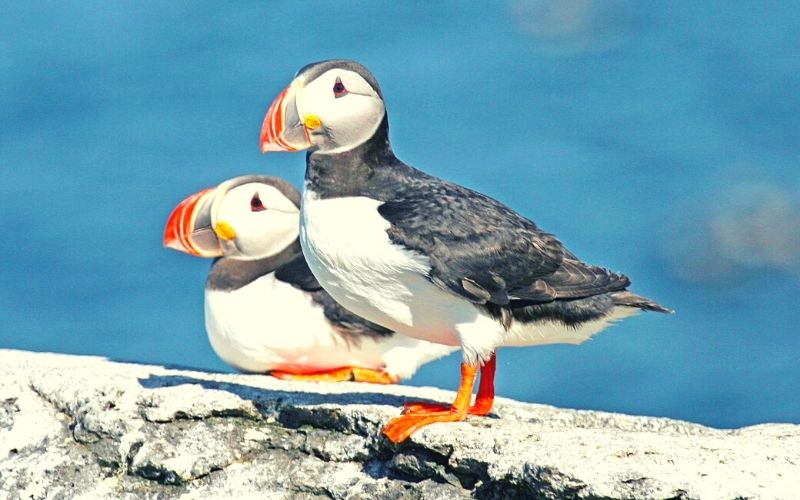
Puffins in Iceland
Try Icelandic food in Reykjavik
Reykjavik has a great food scene with some really fantastic restaurants for foodies. Icelandic fusion cuisine is something that you really should try while in Reykjavik. Some foodies say this is top of their list of things to do in Iceland.
One thing you should note is that it is quite expensive to eat out in Iceland. If you want to find ways to have a cheap holiday in Iceland, you’ll need to read our tips because it most definitely can visit Iceland on a budget.
Some of the best restaurants in Reykjavik are:
Simple but hearty and warming food
Seafood
- Fiskmarkaðurinn (The Fish Market)
Icelandic
- Grillmarkaðurinn (The Grill Market)
Fine Dining
- Matarkjallarinn (The Food Cellar)
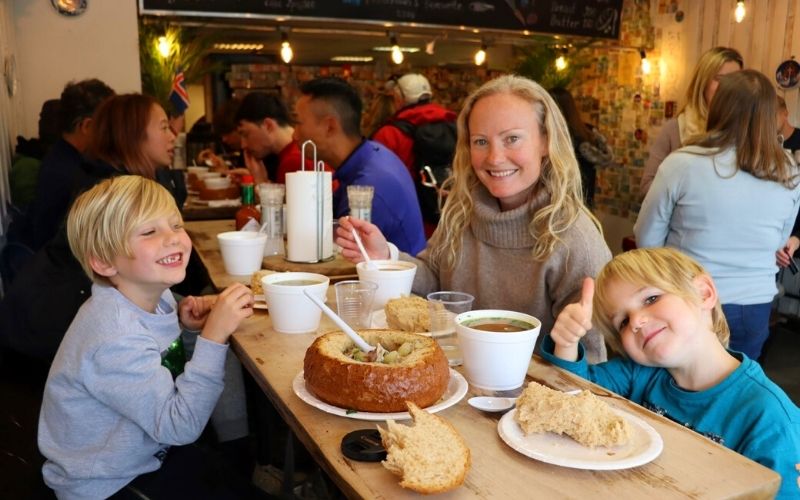
Icelandic Street Food
Map of things to do in Iceland

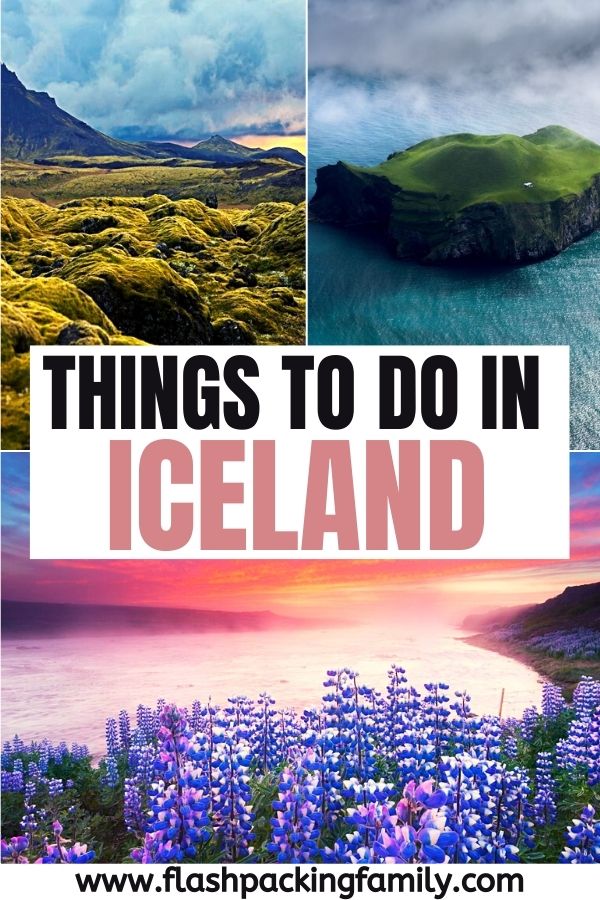
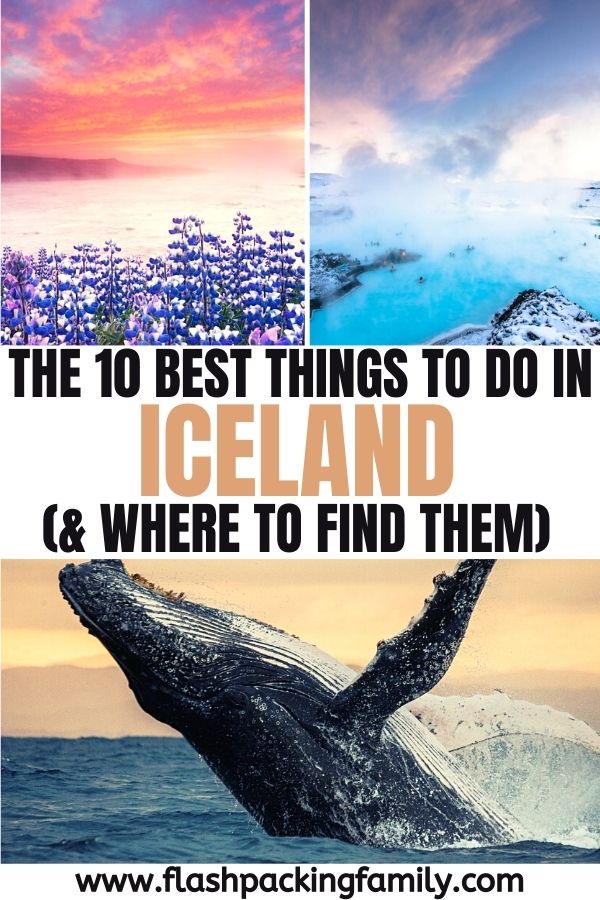



Leave a Reply
Want to join the discussion?Feel free to contribute!